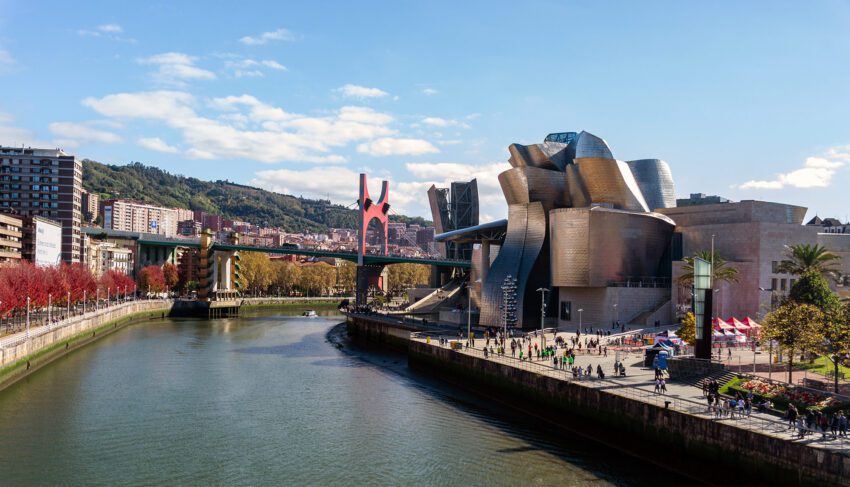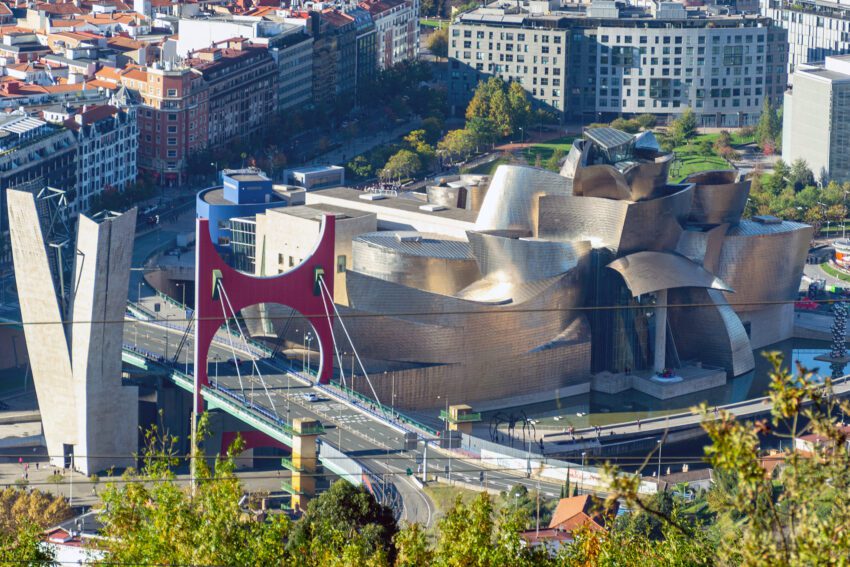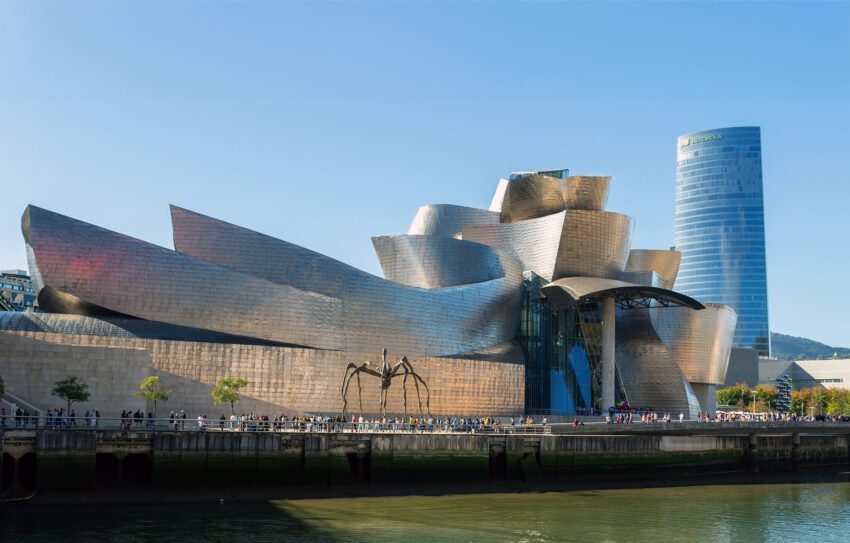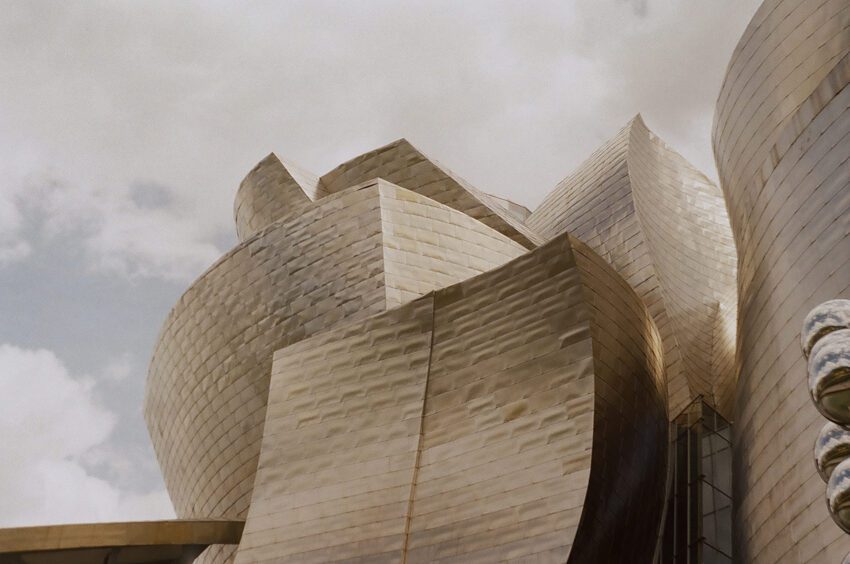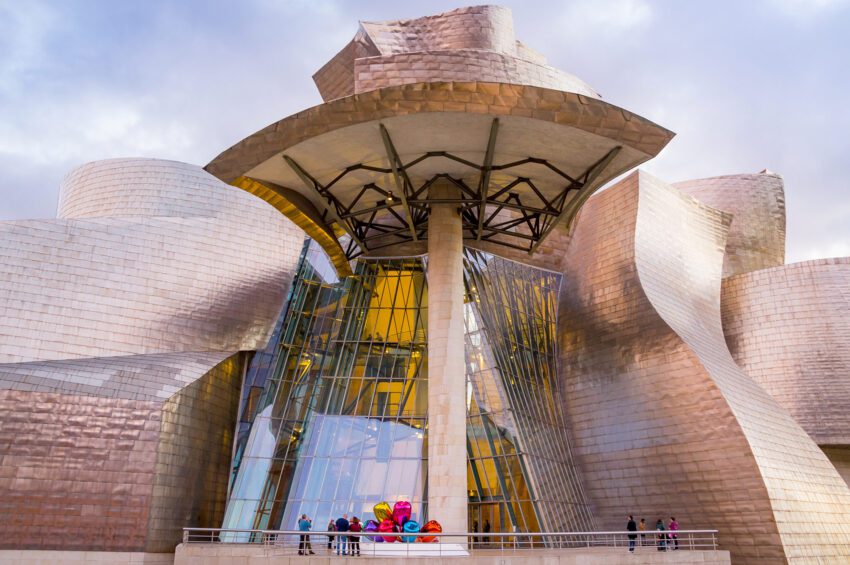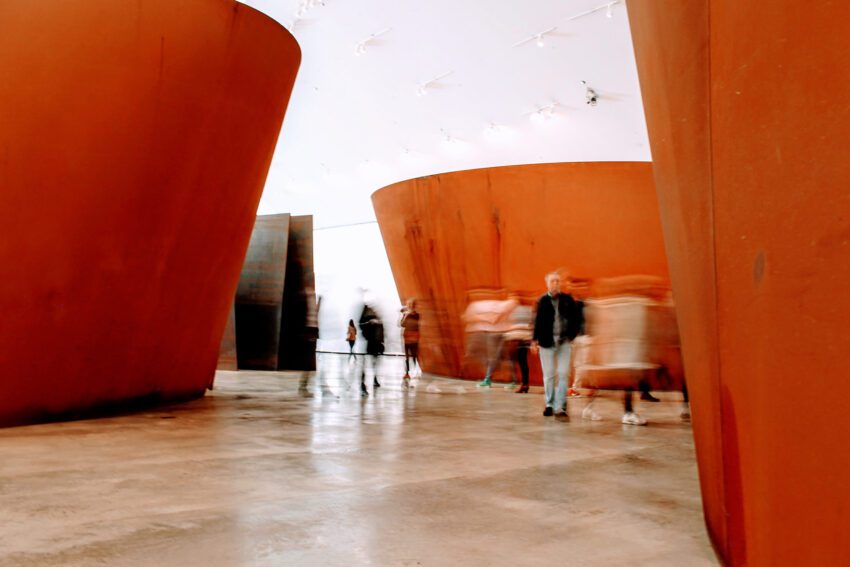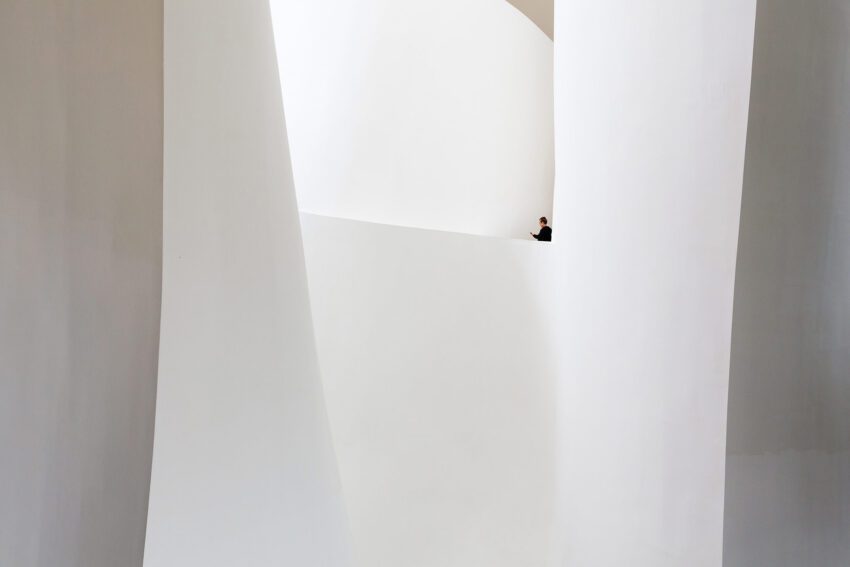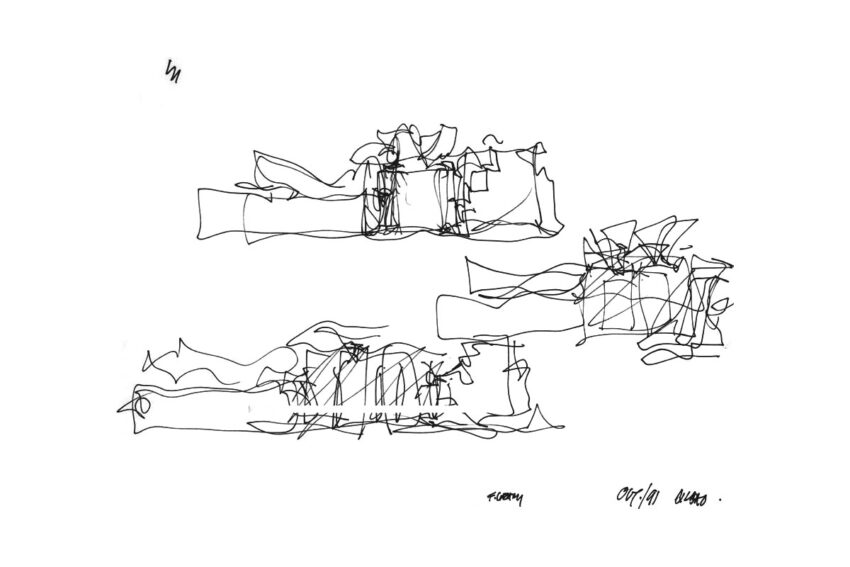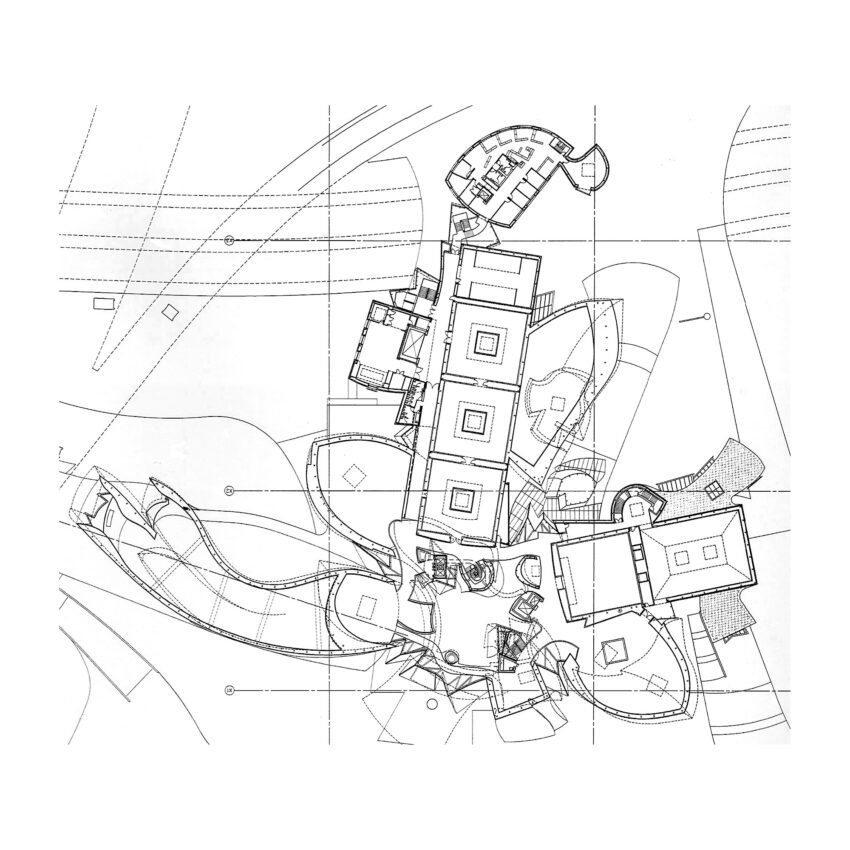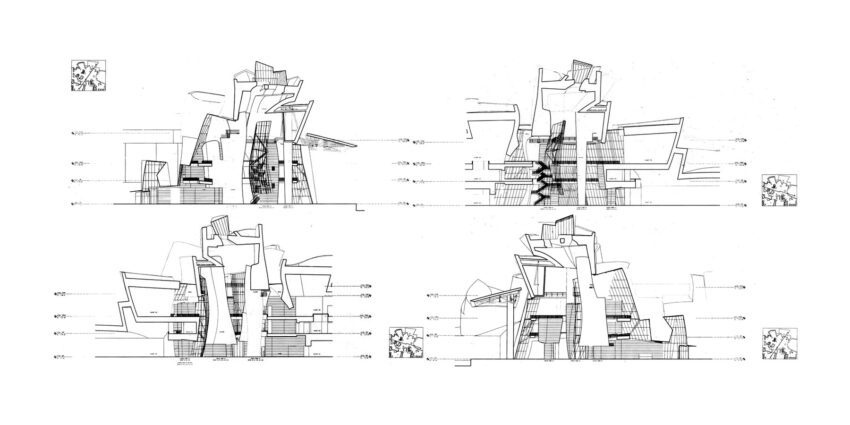Located in Spain’s rugged Basque region, Bilbao was not always synonymous with world-class art and architectural innovation. Just a few decades ago, it was a struggling industrial town wrestling with a stagnant economy and diminishing opportunities. However, in 1997, this humble city experienced an extraordinary transformation when the Guggenheim Museum Bilbao opened its doors to the public.
Designed by the renowned Canadian-American architect Frank Gehry, the museum has since become an enduring symbol of contemporary architecture and an extraordinary case study in urban renewal. Residing along Bilbao’s estuary, the museum is a dynamic medley of twisting titanium, glimmering glass, and austere limestone that has carved Bilbao a prominent place on the global map. The Guggenheim Museum in New York City, also a significant cultural landmark, shares this prestigious name and legacy, further emphasizing the Guggenheim’s global influence on art and architecture.
Guggenheim Museum Bilbao Technical Information
- Architects1-2: Frank Gehry
- Location: Abando, Bilbao, Spain
- Topics: Museums, Deconstructivism
- Area: 24,000 m2 | 258,333 ft2
- Project Year: 1992-1997
- Photographs: Various photographer, See caption details
The randomness of the curves are designed to catch the light.
– Frank Gehry 3-4
Guggenheim Museum Bilbao Photographs
Breaking the Mold: Gehry’s Design Vision
Frank Gehry’s design philosophy and architectural style challenge conventional norms and expectations. He is a key figure in deconstructivist architecture, a movement that shatters traditional architectural aesthetics, presenting instead a world of complex, fragmented forms. Gehry’s buildings aren’t mere static structures but dynamic entities that enter into an active conversation with their surrounding cityscapes.
The Guggenheim Museum Bilbao is a perfect embodiment of Gehry’s audacious vision. The museum’s structure is a complex interplay of abstractly curved forms, evoking a sense of ordered chaos. To construct this masterpiece, Gehry found inspiration in the city’s industrial heritage, the city’s geography, and the ethereal beauty of its estuary. As a result, the museum is a shape-shifting entity that presents a different face at every angle.
The building’s exterior is encased in gleaming titanium, a choice of material that pays homage to Bilbao’s industrial past while reflecting the changing colors of the Basque sky. This facade lends the building an organic quality, making it seem like a living organism breathing in synchrony with the city’s rhythm.
Inside the museum, Gehry’s ingenuity unfolds in a series of surprises. The architect designed a massive 50-meter high atrium, acting as the building’s core. From this central space, 19 galleries extend like branches from a tree, each with its unique shape and volume. Some galleries retain a classic rectangular design, while others abandon tradition for a more fluid, organic form.
The building’s interior and exterior stand as two sides of the same coin, each an equal testament to Gehry’s genius. The architect’s decision to employ such revolutionary design elements challenged the existing norms of museum architecture and ushered in a new era of innovative design.
The Bilbao Effect: Impact on Urban Development
The introduction of the Guggenheim Museum Bilbao into the cityscape ignited an unexpected and unprecedented urban transformation. This stark transformation has been so profound that it has been encapsulated in the term “Bilbao Effect.” The term represents the unique ability of landmark architecture to propel economic and social revitalization, giving rise to an elevated urban identity.
Since its inauguration, the museum has lured millions of visitors from across the globe, instantly positioning Bilbao as a must-visit destination for art enthusiasts and architecture aficionados alike. The influx of tourism and workers teaching abroad injected economic vitality into the city, rejuvenating businesses and sparking fresh employment opportunities
Furthermore, the revenue generated by tourism facilitated extensive infrastructure improvements. Disused factories were repurposed into cultural and recreational spaces, and the riverfront was beautified and made more accessible. The city’s metamorphosis into a cultural hub also fostered the creation of new cultural institutions, contributing to a rich tapestry of artistic experiences.
Moreover, the success of the museum brought about a renewed sense of pride among the Bilbao residents. The transformation of their city from an overlooked industrial town into a celebrated center of art and culture instilled a newfound confidence and invigorated the city’s spirit.
Gehry’s Legacy: Inspiring Future Architects
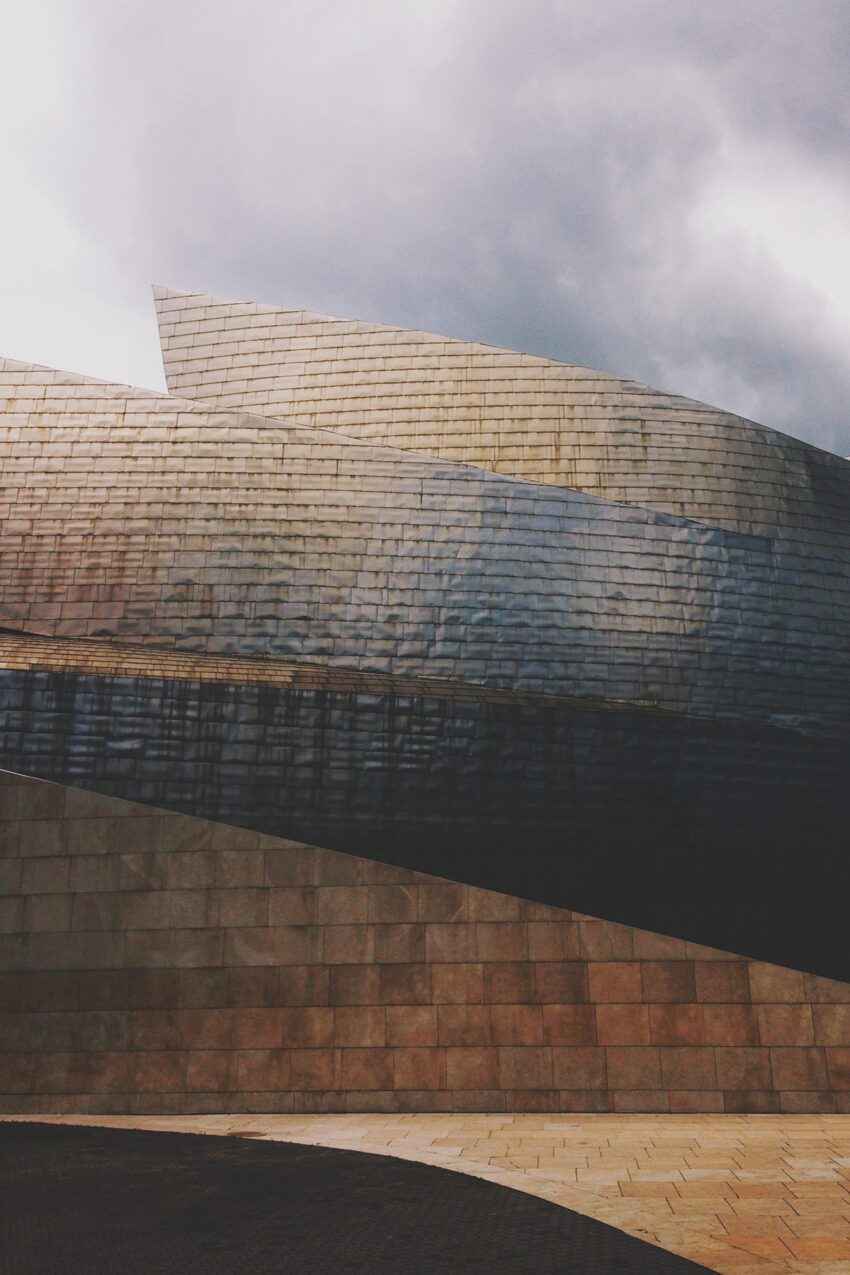
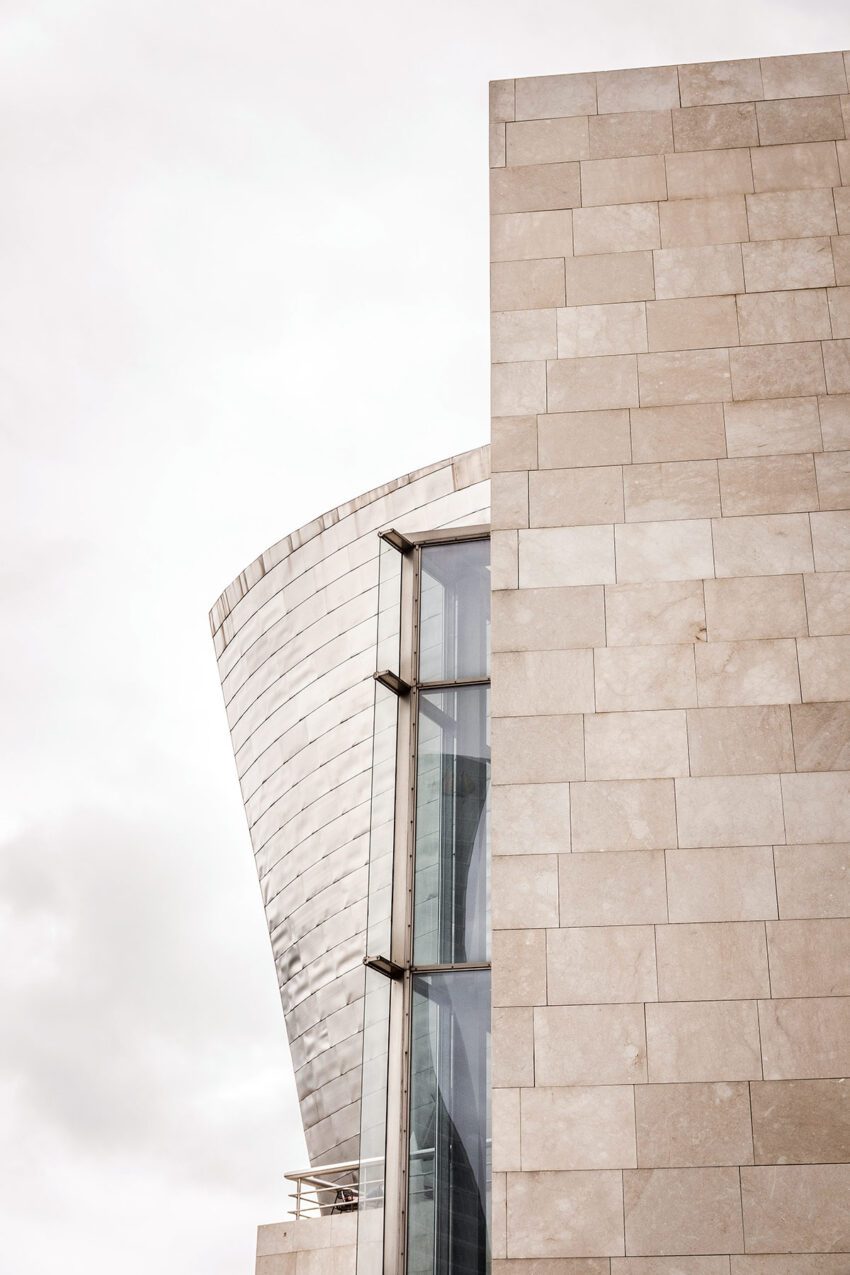
The Guggenheim Museum Bilbao is not merely a building but a significant milestone in the journey of architecture. Gehry’s audacious design, his inventive use of form and material, and the boldness of his vision have inspired a generation of architects to explore new boundaries.
The museum stands as an illustration of how a daring and creative architectural vision can result in a building that is both functional and aesthetically groundbreaking. It has demonstrated the power of architecture to communicate, inspire, and even shape the cultural identity of a city.
Gehry’s work has undeniably broadened the horizon of architectural possibility. His ability to defy convention, to craft beauty out of chaos, and to create spaces that resonate with the spirit of their environment has paved the way for architects to embrace innovation and boldness in their designs. The Guggenheim Museum Bilbao, with its distinctive architecture, has become a reference point for architectural education and a symbol of inspiration for future generations of architects.
An Icon of the 21st Century
The Guggenheim Museum Bilbao is more than a piece of architecture; it’s a living testament to the transformative power of design. Frank Gehry’s masterpiece, with its amalgamation of form and function, has demonstrated how architecture can seamlessly integrate into its surroundings while simultaneously acting as a catalyst for urban change.
The museum has become a beacon of deconstructivist architecture, an icon of urban rejuvenation, and a shining testament to Gehry’s creative genius. It has shown the world how a bold architectural vision can transform a humble city into a global cultural hub.
Through the Guggenheim Museum Bilbao, Gehry’s legacy will continue to inspire architects and city planners worldwide, ensuring that his innovative approach and creative spirit continue to shape the architectural landscape for generations to come. It is a story of how a city dared to dream big and how that dream, manifested in steel, titanium, and glass, continues to inspire millions across the globe.
Guggenheim Museum Bilbao Plans
Guggenheim Museum Bilbao Image Gallery



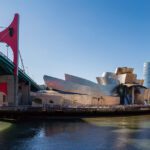
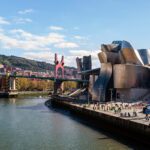

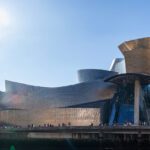

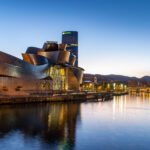
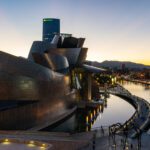
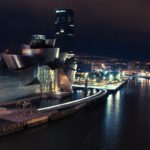


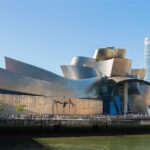
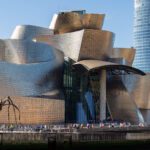


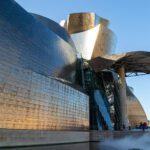
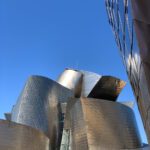

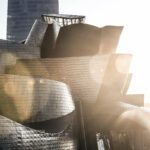
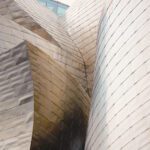
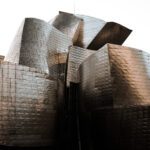
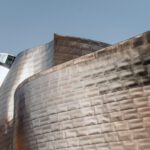

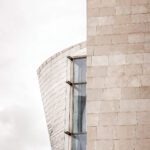




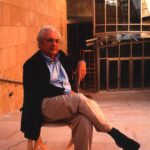


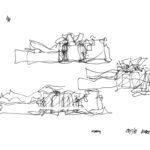
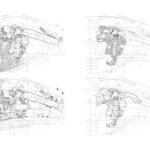
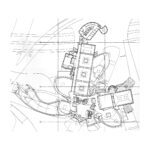
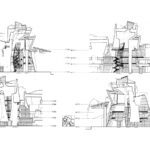
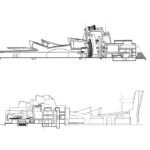
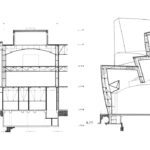

About Frank Gehry
Frank Gehry is a world-renowned Canadian-American architect known for his pioneering deconstructivist designs that challenge traditional architectural aesthetics. Born in 1929, Gehry has crafted some of the most innovative and visually striking buildings of the 20th and 21st centuries, with the Guggenheim Museum in Bilbao, Spain, standing as one of his most iconic works. His architectural style is characterized by a unique interplay of forms, materials, and function, often resulting in structures that seem to defy gravity and convention. Gehry’s remarkable contribution to modern architecture has been recognized with multiple accolades, including the prestigious Pritzker Architecture Prize in 1989. His work continues to inspire architects around the globe and has left an indelible mark on the face of contemporary architecture.
Notes & Additional Credits
- Project Management: IDOM
- Client: Gobierno Vasco, Diputación Foral de Bizkaia, Solomon R. Guggenheim Foundation
- The quote reflects Gehry’s intention in the unconventional design of the museum, highlighting how he intended to use the building’s unique form to interact dynamically with its environment, particularly the ever-changing light conditions.
- Frank Gehry: The Masterpieces by

